In Photos: Life in the Arctic region of the Americas
Life in the Canadian Arctic

The first groups of people to live in the Arctic region of the Americas do not have any descendents living today, according to the largest study yet of ancient human DNA.
Frigid portrait

Portrait of a modern-day Canadian Inuit.
Way of the spear
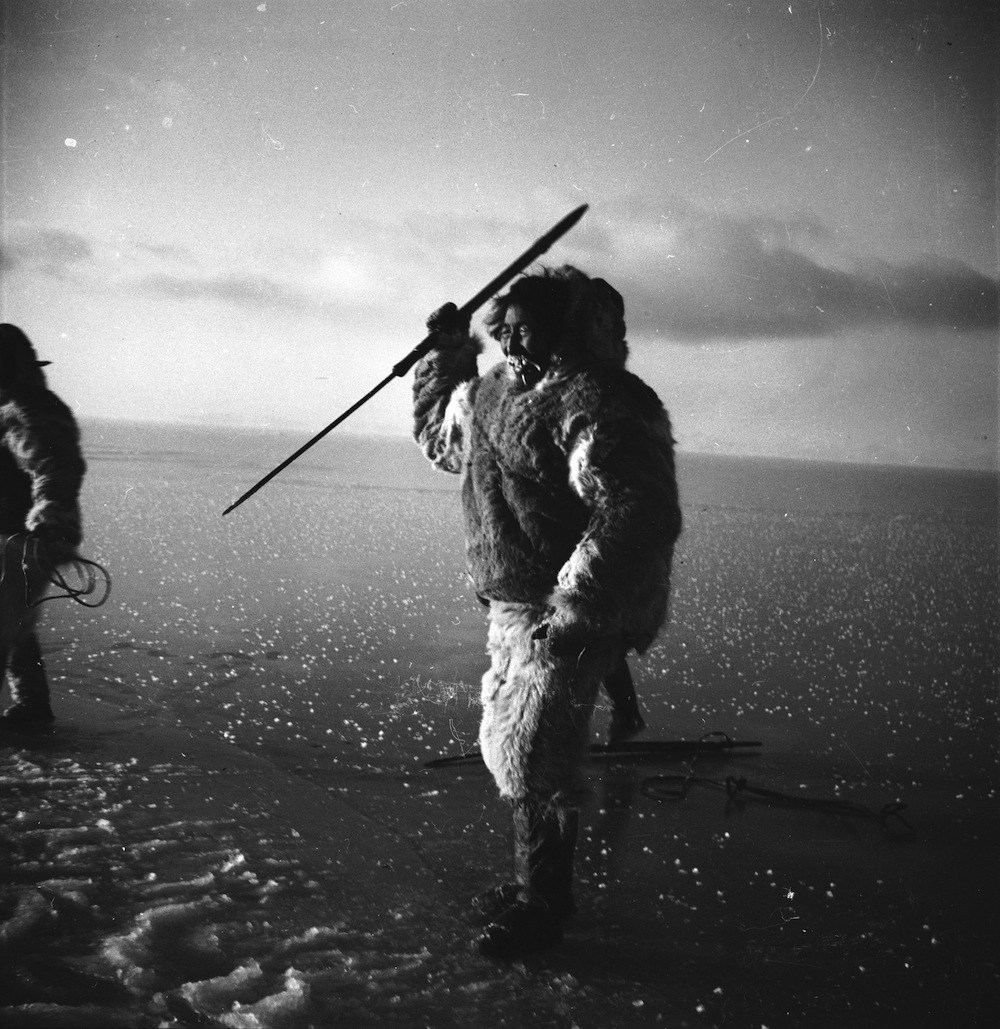
A modern-day Canadian Inuit poses with a spear.
Traditional culture

The Inuit use these traditional boats, known as umiak, for hunting and transportation.
Pristine landscape
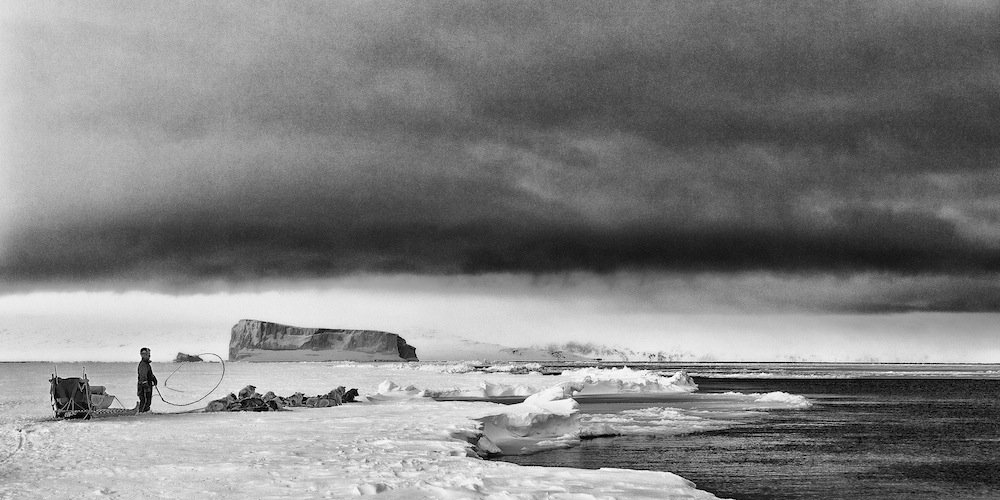
Canadian Inuits live in the Northwest Territories, Nunavut, and parts of Quebec and Labrador.
Up north
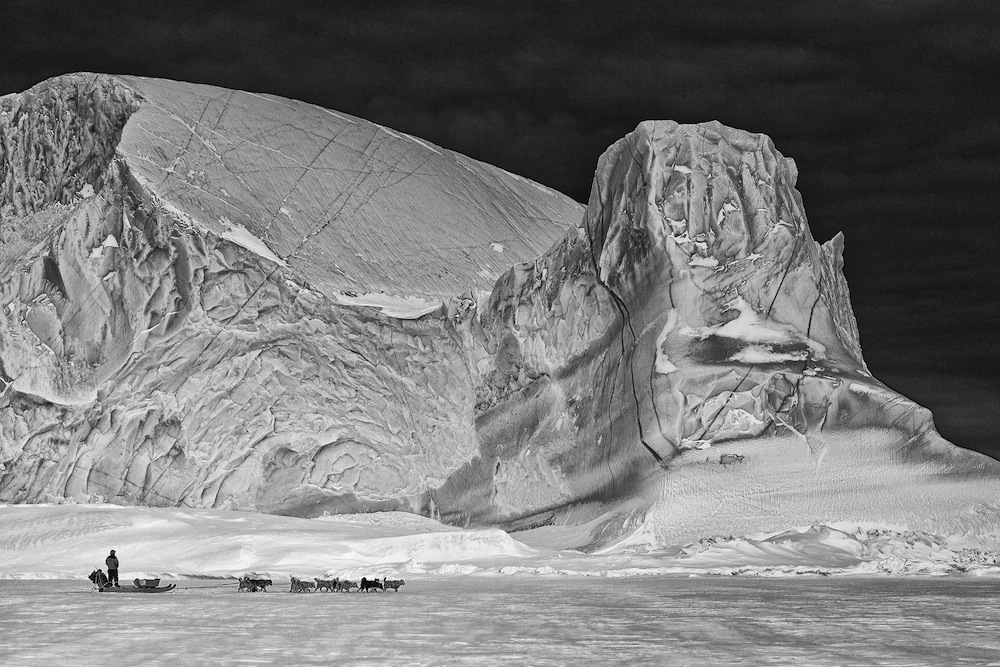
The Inuits survive in harsh climates in Alaska, northern Canada and Greenland.
Looking for clues

Scientists conducted genetic studies to unravel the settlement history of the New World Arctic.
Get the world’s most fascinating discoveries delivered straight to your inbox.
Unearthing remains

Scientists searched for human remains in northern Greenland.
Human migrations
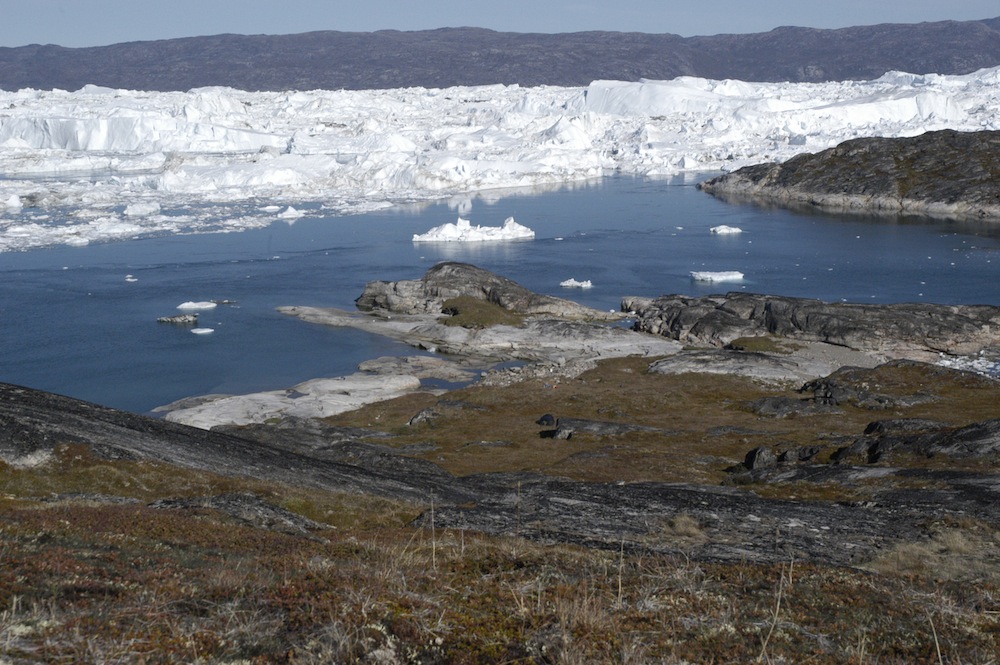
This photos shows Qajaa, a grass-covered deep-frozen midden in West Greenland with remains from Early Paleo-Eskimo cultures.
Wooden doll

Wooden dolls (such as the one pictured here) were used by prehistoric Berin g Sea Eskimos for religious and ceremonial purposes. Occasionally, though, the dolls were made as children's toys.
Ceremonial carvings
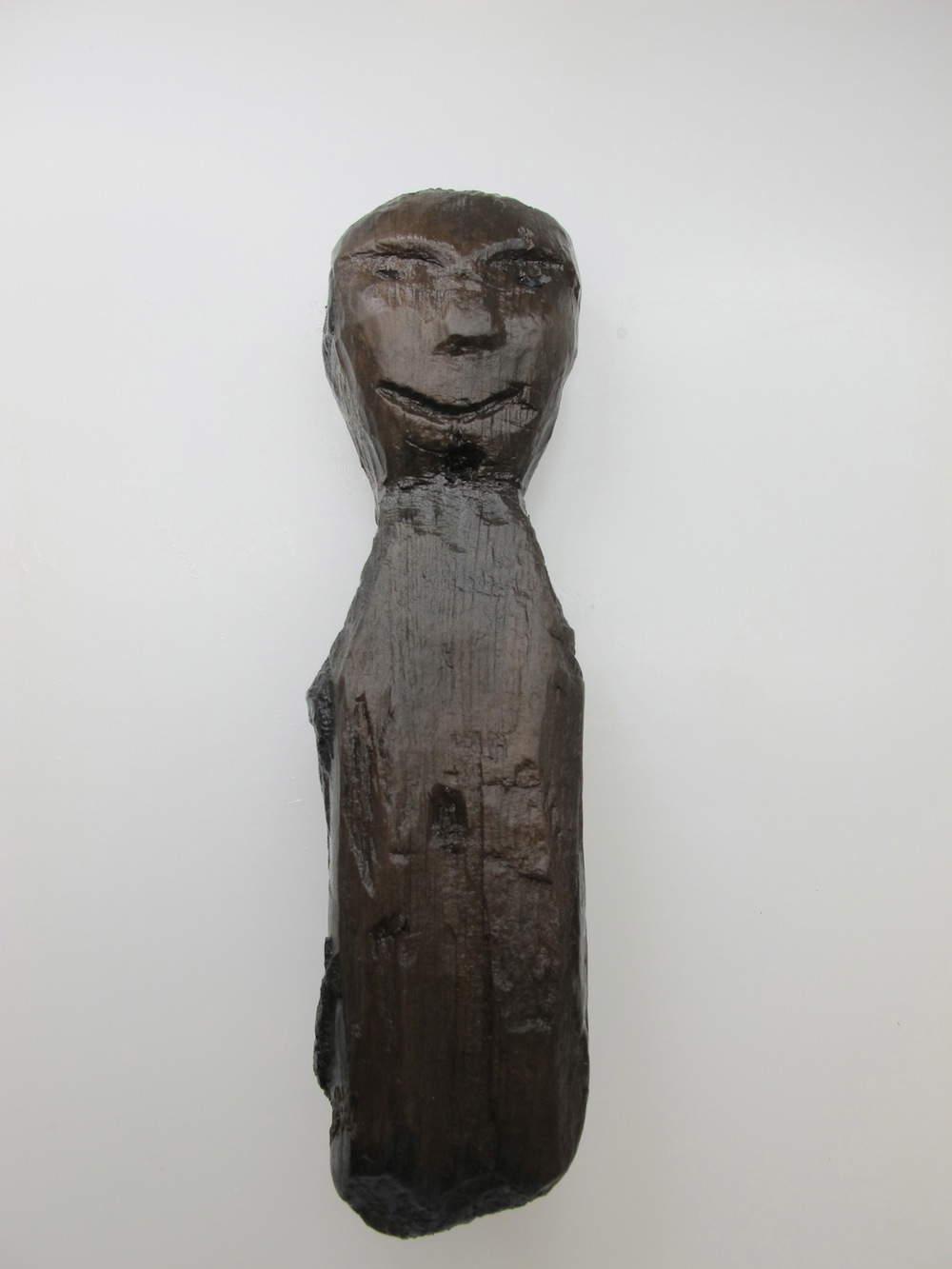
These dolls were excavated by the University of Aberdeen and the Yup’ik village of Quinhagak from an archaeological site in Nunalleq, Alaska.



